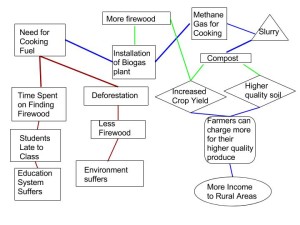I chose to examine the biome I am most familiar with, Los Gatos-Monte Sereno and the surrounding area. I intend to examine the actions taken by the town, and by the county, to preserve the biomes that surround the ‘developed’ areas within the region. And I will offer a proposal as to what can be done to further conservation efforts already in place.
Los Gatos-Monte Sereno, is a thriving California town tucked in between three mountains just inland from the coastal city of Santa Cruz. There are many nature reserves in the area I went to high school. These places were set aside by the county, and besides the elaborate trail system, there has been very little human intrusion. Of the human intrusion that has occurred, the effects on the biodiversity of the area are negligible, as the reserves span most of the mountain ranges surrounding the town of Los Gatos. The climate of the Los Gatos-Monte Sereno area of California is one of a coastal chaparral. That is to say, the further inland you go, the more arid the climate, but overall it remains temperate for most of the year. The biodiversity of this area increases the further away you move from the human settlements that populate it. The sanctions on the park restrict human infringement,
Many people living in urban-developed areas, it seems, overlook Biodiversity. There is little need (nor time) to stop to examine the multi-layered biome around you when one is late for work and driving seventy miles an hour on the highway. In my humble opinion, most of the people in the area do not recognize the natural biome as it is, or understand their effect on it. I think this could be (in the long-run) detrimental to both the biome, and humanity within the biome. Therefore, I propose that the responsibility should be that of the schools. The elementary schools, to my knowledge, do not facilitate any interaction between the students and the nature reserves. Perhaps a field trip to learn about the local flora and fauna would encourage young people towards ecocentrism. If not wholly ecocentric, then, at the very least, young people would be aware that humanity is not alone in the region, and that they have a responsibility to preserve the biodiversity of the region. Not only because many flora and fauna of the region are interesting to study, but some may prove useful for future generations.



